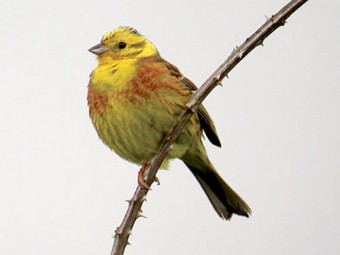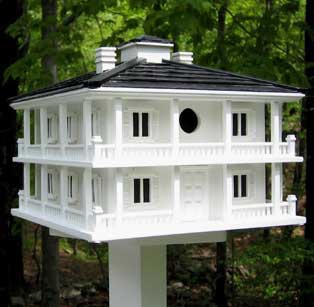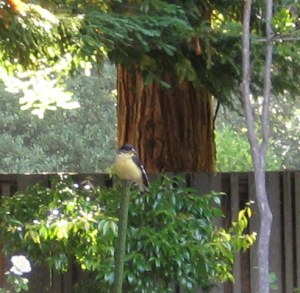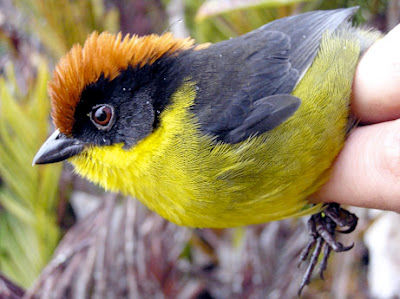
Steller’s Sea Eagle Birds initiated migration between August 18 and November 15. Birds marked in 1997 migrated earlier than those marked in 1998. Migration occurred between August 18 and January 14. All but one followed established migration routes. The pace of migration varied considerably. Birds took 5 to 116 days to reach their initial wintering destinations. Migration rate averaged 51.3 km/day (SD = 56.0). Most birds from Magadan and Amur migrated down the western edge of the Okhotsk Sea, and birds reared in Kamchatka moved down the Kuril Island chain. The eagle whose migration patterns was ‘atypical’ (ID 23374) was marked in Magadan region. It made an initial move west, then turned east, and migrated to the Kamchatka Peninsula. Only one location between the breeding and wintering grounds was estimated for this bird. This was of relatively low quality, but was located in the middle of the sea, and suggests that the bird may have made a sea crossing. The shortest crossing would be about 730 km.

Fledging occurred in August and early September for most Steller’s Sea eagles. Nestling dispersal (when the eagle moved permanently more than 5 km from the nest site) occurred 9 September to 6 December (N = 24). Twenty-two nestlings dispersed 14 September - 21 October. Dates of dispersal did not differ between years or regions.
Twenty-nine nestling Steller’s Sea Eagles Haliaeetus pelagicus were fitted with satellitereceived transmitters (PTTs) in the summers of 1997 and 1998. Twenty-four provided data useful in understanding post-fledging movements, 12 from Magadan, 7 from Amur, four from Kamchatka, and one from Sakhalin. At this time (27 January 1999), we are still receiving information from six birds. Fledging occurred in August and early September. At least 20 fledglings moved to pre-migration sites for 1-4 weeks. This behavior was most obvious for birds whose natal ranges were coastal.
Steller’s Sea Eagles raised on large rivers and lakes tended to wander along rivers prior to the onset of a definite migratory push. Nineteen birds were followed south, 16 made it to wintering areas. Eagles took 5-116 days to reach their initial wintering destinations. Migration rate averaged 51.3 km/day (SD = 56.0). Most birds from Magadan and Amur migrated down the western edge of the Okotsk Sea, and birds reared in Kamchatka eventually moved onto the Kuril Islands. Two birds were tracked from fledging into their second autumn migration. They moved northward from the wintering grounds in the second and third week of April. Summering areas were south of natal areas, and both had early and late summering areas.


































